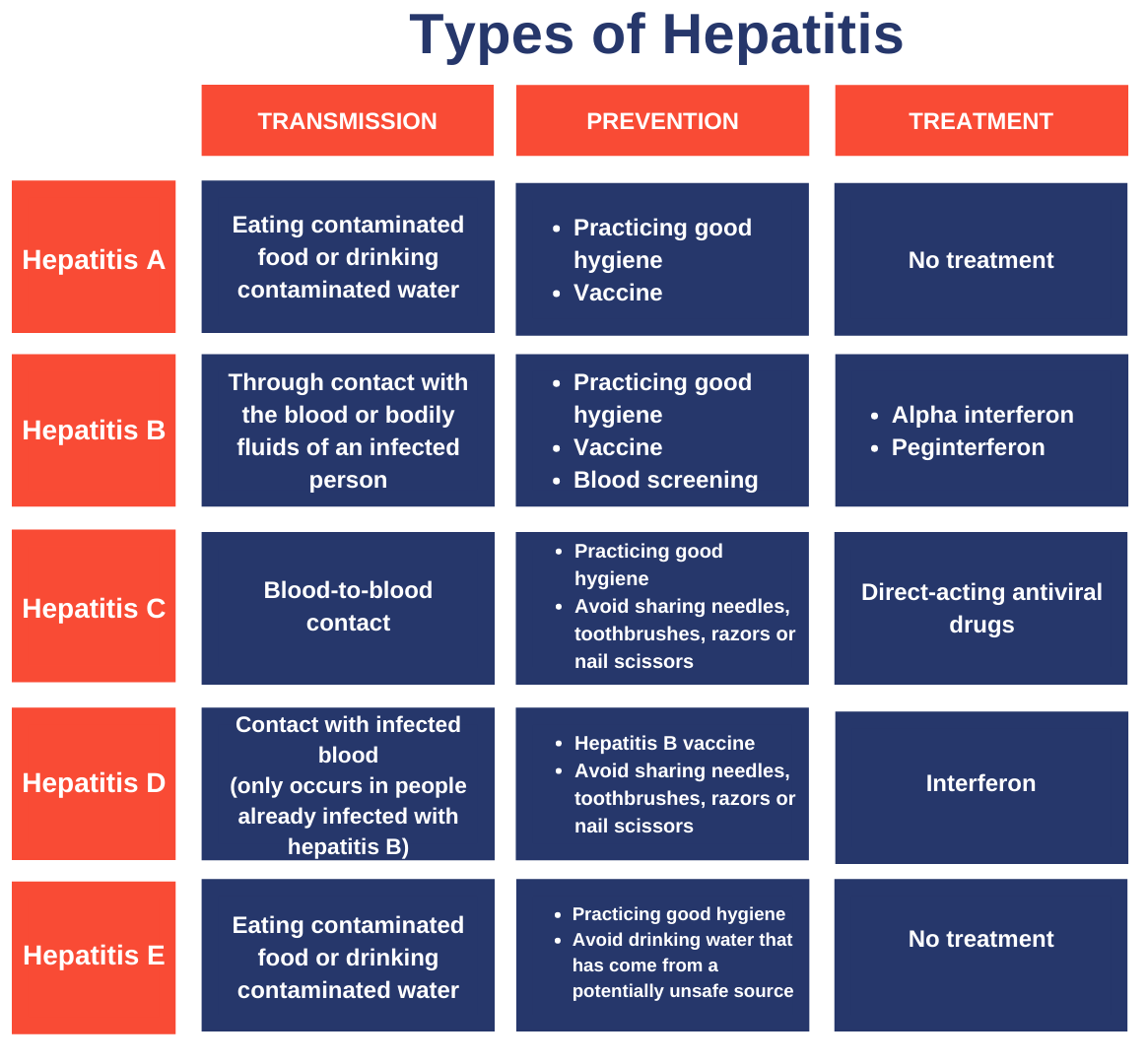Important Facts For Prelims
Hepatitis A
- 17 Nov 2025
- 7 min read
Why in News?
Experts argue that Hepatitis A, now emerging as a major cause of acute liver failure, should be prioritised for inclusion in the Universal Immunisation Programme (UIP) to strengthen national protection against the disease.
What is Hepatitis A?
- About: Hepatitis A is a viral infection that causes inflammation of the liver, triggered by the Hepatitis A virus (HAV). Unlike Hepatitis B and C, it does not cause chronic liver disease, though illness can range from mild to severe.
- Symptoms may include fever, fatigue, nausea, abdominal discomfort, diarrhoea, dark urine, and jaundice.
- Transmission: Hepatitis A spreads through the faecal–oral route, mainly via contaminated food or water or dirty hands.
- Protective antibodies in India have dropped from over 90% two decades ago to below 60% in many urban regions, creating a growing pool of susceptible young people.
- Global Burden: Hepatitis A occurs worldwide and the virus can persist in the environment. In 2016, WHO estimated 7,134 deaths, contributing 0.5% of global viral hepatitis mortality.
- Treatment: There is no specific antiviral treatment for Hepatitis A. Care focuses on symptom relief, hydration, nutrition, and rest.
- Vaccine: Both live-attenuated and inactivated Hepatitis A vaccines provide 90–95% protection, with immunity lasting 15–20 years or lifelong. India’s Biological E’s Biovac-A, a live-attenuated vaccine, has been used for over two decades with excellent safety and efficacy.
What is Hepatitis?
- About: Hepatitis is liver inflammation caused by viral infections, autoimmune disorders, or alcohol/drug toxicity.
- It can be acute, with symptoms like jaundice, fever, and vomiting, or chronic, lasting over six months and potentially progressing to fibrosis, cirrhosis, or liver cancer.
- Causes: Hepatitis can result from hepatotropic viruses (A, B, C, D, E), other viruses like Varicella and SARS-CoV-2, as well as non-viral factors such as alcohol, drugs, autoimmune disorders, and fatty liver disease.
- Hepatitis B vaccines are highly effective in preventing Hepatitis B virus (HBV) infection, while no effective vaccine is available for Hepatitis C.
- Types of Hepatitis: There are 5 main hepatitis viruses—A, B, C, D, and E—each capable of causing liver disease but differing in transmission, severity, geographic spread, and prevention.
- Occurrence: Types B and C cause long-term infections and are the major causes of cirrhosis, liver cancer, and viral hepatitis deaths, leading to about 1.3 million deaths each year and affecting 304 million people worldwide.
- Similarly, Hepatitis A is no longer a benign childhood infection; it is an emerging public health concern.
- Without urgent and sustained action, viral hepatitis is projected to cause an additional 9.5 million new infections, 2.1 million liver cancer cases, and 2.8 million deaths by 2030.
- Flagship Initiatives:
- WHO’s Global Health Sector Strategy on HIV, Viral Hepatitis and Sexually Transmitted Infections (2022–2030): The strategy aims to cut new hepatitis infections to 520,000 cases a year and hepatitis-related deaths to 450,000 by 2030, achieving a 90% drop in incidence and 65% drop in mortality from 2015 levels.
- National Viral Hepatitis Control Program (2018): Aims to eliminate Hepatitis C by 2030 and significantly reduce the infected population, morbidity, and mortality from Hepatitis A, B, C, and E across India.
Universal Immunisation Programme (UIP)
- About: Universal Immunization Programme (UIP) is one of India’s most comprehensive public health initiatives, aiming to provide life-saving vaccines to millions of newborns and pregnant women every year.
- Diseases Covered: It offers free immunisation against 12 major diseases.
- At the national level, it includes vaccines for Diphtheria, Pertussis, Tetanus, Polio, Measles, Rubella, Childhood Tuberculosis, Hepatitis B, and Hib-related Meningitis/Pneumonia.
- At the sub-national level, it provides protection against Rotavirus, Pneumococcal Pneumonia, and Japanese Encephalitis.
- Evolution of the UIP: It was initially launched in 1978 as the Expanded Programme on Immunization (EPI) and was renamed the Universal Immunisation Programme in 1985 when its coverage expanded from urban areas to rural regions, addressing disparities in healthcare access.
Frequently Asked Questions (FAQs)
1. What is the mode of transmission of Hepatitis A?
Hepatitis A is transmitted through the faecal–oral route, primarily via contaminated food, water, or unclean hands.
2. What is the main goal of the National Viral Hepatitis Control Program (2018)?
The programme aims to eliminate Hepatitis C by 2030 and reduce morbidity and mortality from Hepatitis A, B, C, and E.
3. Which diseases are covered nationally and sub-nationally under the Universal Immunisation Programme (UIP)?
Nationally: Diphtheria, Pertussis, Tetanus, Polio, Measles, Rubella, TB, Hepatitis B, Hib diseases.
Sub-nationally: Rotavirus, Pneumococcal Pneumonia, Japanese Encephalitis
UPSC Previous Year Question (PYQ)
Q. Which one of the following statements is not correct? (2019)
(a) Hepatitis B virus is transmitted much like HIV.
(b) Hepatitis B, unlike Hepatitis C, does not have a vaccine.
(c) Globally, the number of people infected with Hepatitis B and C viruses arc several times more than those infected with HIV.
(d) Some of those infected with Hepatitis B and C viruses do not show the symptoms for many years.
Ans: (b)
Q. 'Mission Indradhanush' launched by the Government of India pertains to: (2016)
(a) Immunization of children and pregnant women
(b) Construction of smart cities across the country
(c) India's own search for Earth-like planets in outer space
(d) New Educational Policy
Ans: (a)







